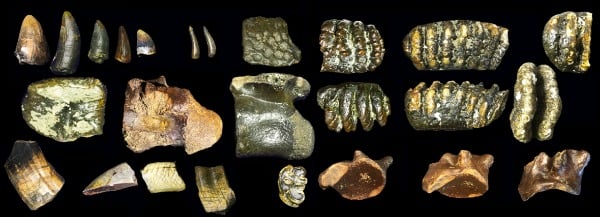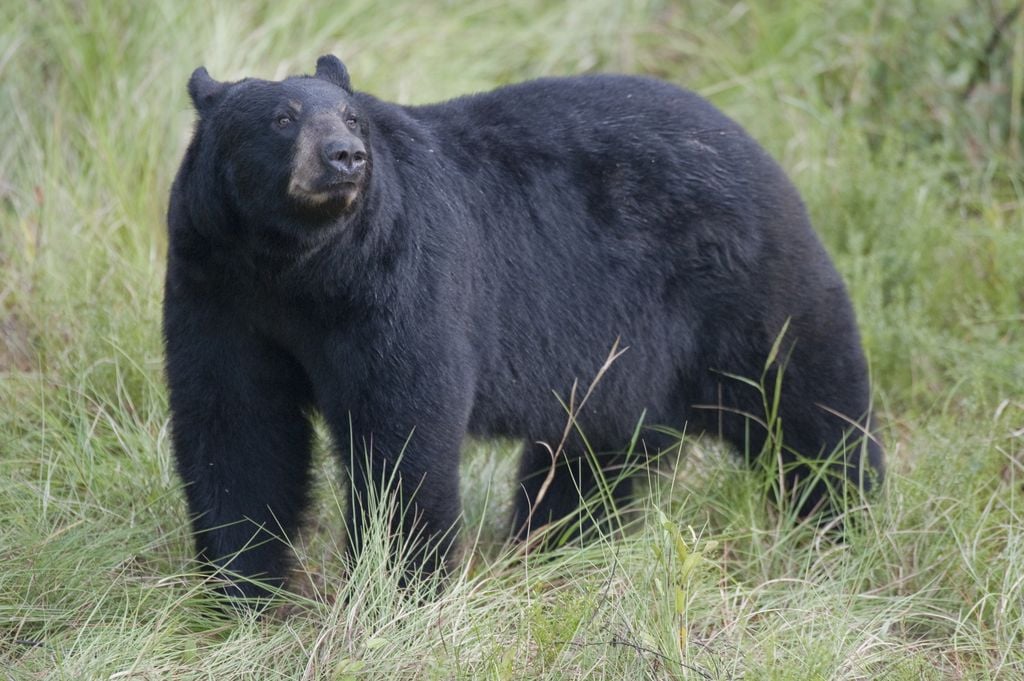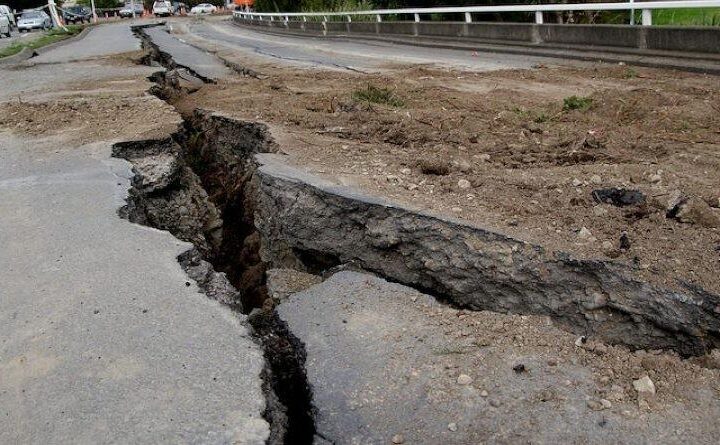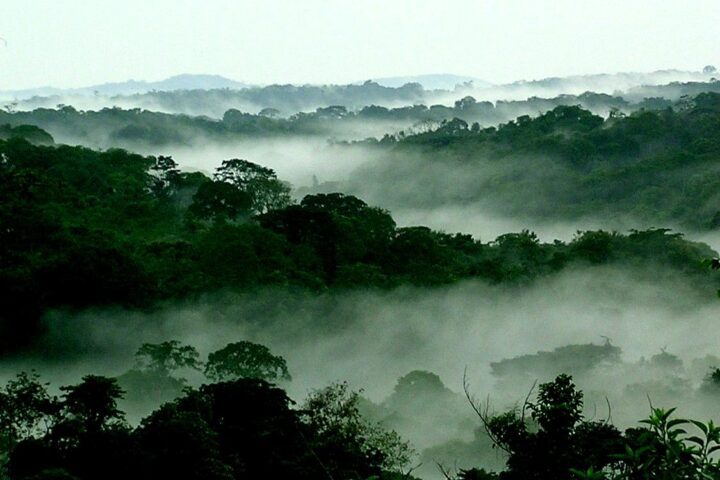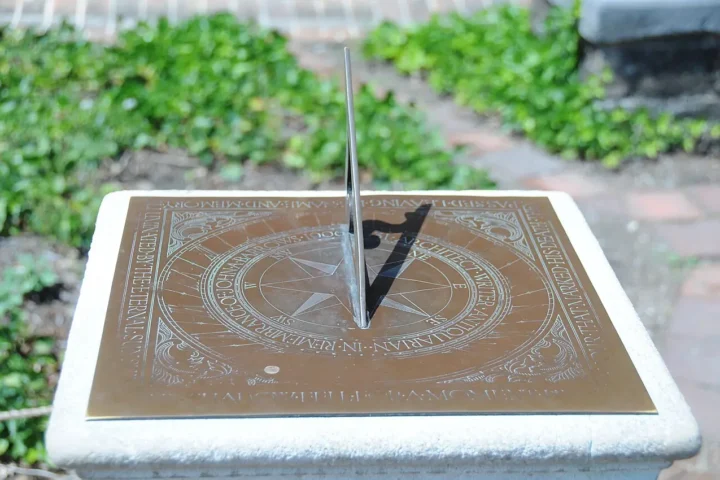Scientists have discovered 140,000-year-old Homo erectus skull fragments on the seafloor between Indonesian islands, uncovering evidence of an ancient human landscape now hidden beneath the waves.
The remarkable find marks the first time Homo erectus remains have been recovered from underwater between Indonesia’s islands, revealing that our ancient relatives weren’t isolated on Java as previously thought but moved freely across what was once a vast connected landmass.
“This is just the beginning. We are likely standing at the edge of an enormous, underwater archaeological archive,” said Dr. Harold Berghuis, lead archaeologist from Leiden University who headed the research.
From Construction Project to Historic Discovery
The discovery happened by chance during a massive dredging operation in the Madura Strait between 2014 and 2015. Workers extracted about 177 million cubic feet (5 million cubic meters) of sediment from the seafloor to create an artificial island for port expansion.
Berghuis, working as a consultant on the project, meticulously searched the dredged material for fossils. After countless hours crawling on hands and knees through piles of sand, he found what he’d been dreaming of – a human skull fragment – on his very last day of collection.
“It was already getting dark and I sat down to enjoy the sunset,” Berghuis recalled. “And then, right beside me, lay this fossil that reminded me so much of the only Dutch Neanderthal.”
The team later identified two Homo erectus skull fragments – one from an adult or adolescent, and another from a younger individual.
A Sunken Savannah Revealed
During the last ice age around 140,000 years ago, sea levels were significantly lower than today. This exposed a vast region scientists call “Sundaland” that connected many of today’s Indonesian islands to the Asian mainland.
What’s now the Madura Strait was then an ancient river valley in a sprawling savannah. Alongside the human remains, researchers recovered over 6,000 animal fossils from 36 different species, painting a picture of the rich ecosystem where our ancestors lived.
The animal remains included elephants, rhinoceros, hippos, water buffalo, crocodiles, river sharks, and even Komodo dragons. Many of these species are now extinct or endangered.
“Komodo dragons may have been the most important predators,” Berghuis noted, suggesting these giant lizards might have ruled the Sundaland plains.
Evidence of Advanced Hunting Skills
The discovery challenges previous ideas about Homo erectus behavior. Cut marks on turtle and large bovid (cow-like animal) bones show these early humans were skilled hunters who systematically processed their prey.
They didn’t just eat the meat – they also extracted nutritious bone marrow, a practice previously associated only with more modern human species on the Asian mainland.
Similar Posts
“We didn’t find this in the earlier Homo erectus population on Java, but do know it from more modern human species of the Asian mainland,” Berghuis explained. “Homo erectus may have copied this practice from these populations.”
Researchers also found evidence suggesting our ancestors used mussel shells as tools, potentially representing the oldest known example of this practice.
Cultural Exchange Between Ancient Humans?
The hunting techniques observed at this site raise fascinating questions about interaction between different human species. The skills displayed by this Homo erectus population weren’t seen in earlier Java populations but match those of more modern humans elsewhere in Asia.
Cultural Exchange Between Ancient Humans?
The hunting techniques observed at this site raise fascinating questions about interaction between different human species. The skills displayed by this Homo erectus population weren’t seen in earlier Java populations but match those of more modern humans elsewhere in Asia.
This suggests possible “cultural exchange” or even “genetic exchange” between different human groups, challenging the idea that Homo erectus in Java was isolated.
“This suggests there may have been contact between these hominin groups, or even genetic exchange,” said Berghuis.
Scientists believe Homo erectus fossils from the Ngandong site on Java date to around 108,000-117,000 years ago, while modern humans (Homo sapiens) arrived in Southeast Asia around 77,000 years ago. Other human relatives like Denisovans and Neanderthals were present on the Asian mainland by 350,000 years ago.
What This Means for Understanding Human Evolution
The discovery provides critical insights into how sea level changes affected human populations. As glaciers melted and sea levels rose, vast landscapes where people once lived were submerged, separating populations that had previously been connected.
These findings show how our ancestors adapted to changing environments and potentially interacted with other human species. The bones and artifacts preserved on the seafloor provide a unique window into this lost world.

The fossils are now housed at the Geological Museum in Bandung, Indonesia, with plans for public exhibitions. The complete research findings were published in the journal Quaternary Environments and Humans.
For archaeologists, this underwater discovery opens exciting new possibilities. Traditional archaeology has focused on land sites, but vast areas where ancient humans lived are now underwater. As Berghuis puts it, we may be “standing at the edge of an enormous, underwater archaeological archive” with many more secrets to reveal.
